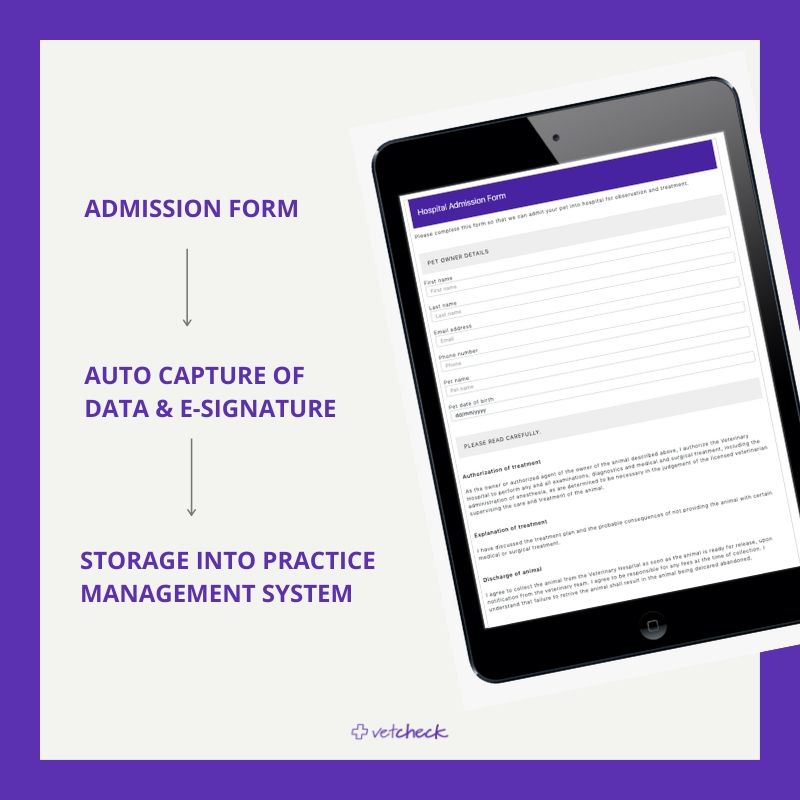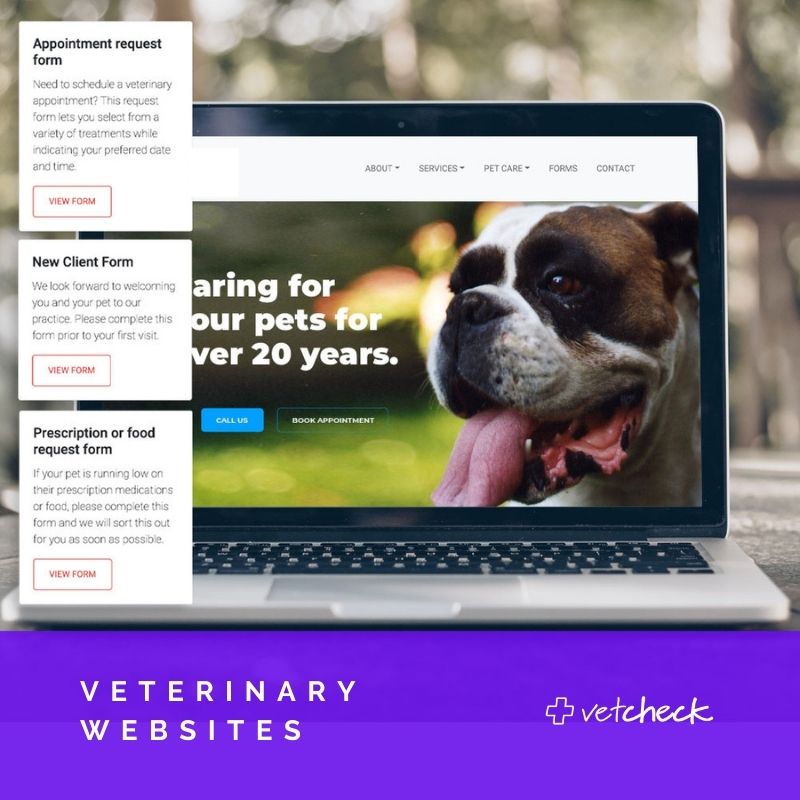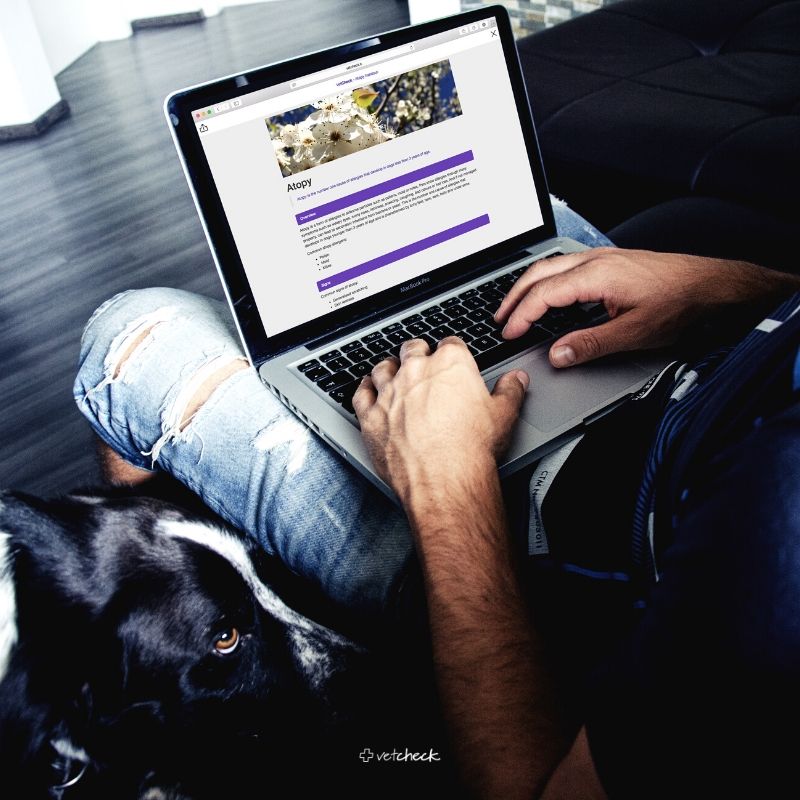Vet practice in the new COVID-normal world
If 2020 taught us anything, it is that flexibility is key to success and businesses that were unable to adapt their strategies often suffered. As an essential service, the veterinary industry was able to continue, however, this was not without its challenges. It was important for practices to adapt to ensure continued success in this COVID-normal world we now find ourselves in.
The biggest change many clinics made to help them through the crisis was the adoption of technology. Although this is something that had become increasingly important prior to COVID-19, without it during peak pandemic outbreaks, it would have made work-life a lot harder.
Social distancing guidelines put in place by Federal governments acted as a catalyst for change in the industry. Many clinics were forced to reduce their opening hours, cut staff, curbside appointments, and split teams to avoid the need of a total clinic shutdown if a member of staff were to become infected. All of these changes in addition to the general mental state of staff and clients during the pandemic made for a potentially dangerous situation, however, many clinics did find ways to embrace the full potential of technology and adapt to a new pandemic-safe method of procedures.
Contactless operational strategies
This covers everything from payments through to online admission forms. Many clinics found digital admission forms with e-signatures, online health questionnaire forms and booking confirmation information key in their move to a contactless and paperless business strategy. It allowed them to streamline admissions, enhance client communication, and reduce the number of clients inside the practice without compromising the quality of care they received.
RELATED ARTICLE: The Contactless Practice (INFOGRAPHIC)
 RELATED ARTICLE: Digital practice forms
RELATED ARTICLE: Digital practice forms
Functional websites
Adding online appointment systems and online forms to the websites helped reduce the veterinary team workload, while improving the convenience for their clients. Instead of taking these appointments and form details over the phone, teams could improve the data collected from the website and focus more on pet health in the practice.
 RELATED ARTICLE: Professional veterinary websites
RELATED ARTICLE: Professional veterinary websites
Telehealth
After clients dropped their pets off at the clinic, veterinarians were able to fully examine the pet before calling owners either over the phone or using video conferencing technology. This meant that the quality of examination wasn’t compromised and clients were still able to receive a full report from the vet. Telehealth options also became a convenient option for follow up consultations, helped to decrease waiting times, and allowed vets to triage more serious cases.
Enhanced client education
An important factor of continued care during the pandemic was the communication between clinicians and their clients. In light of curbside appointments and physical distancing, the sharing of digital health resources, discharge instructions, home care videos helped clinics educate their clients and prevent communication breakdown. Client feedback on both digital forms and pet reports were very positive and the enhanced client education was essential to getting good compliance to the veterinary recommendation.

Adopting technology for work-life balance
It is also important to use what we have learnt through the COVID-pandemic about the need for work-life balance within the veterinary industry. Stress is always a major issue among veterinary teams and the pandemic has intensified this stress. It brought a lot of change in the way we work, higher workloads, and more difficult clients.
RELATED ARTICLE: A guide to managing difficult clients
Fortunately, many practices can agree that the adoption of technology was key in reducing stress and increasing overall productivity. Through the decrease in paperwork and the increase in digital client communications, both veterinary teams and clients had higher levels of satisfaction and convenience.
Interested in a product tour?
In this demo, we will show you how VetCheck can make your life easier and grow your practice through better client engagement.
Book a 15-minute Demo